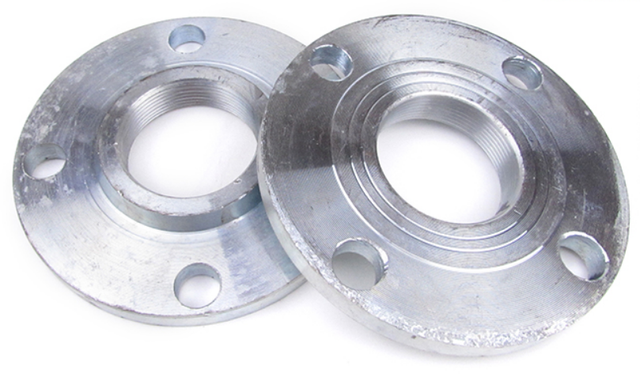

The structure of the flange is relatively simple. It consists of three parts: upper and lower flanges, a gasket in the middle, and several bolts and nuts.
From the definition of the flange, we can know that there are many types, and the classification needs to be distinguished from different dimensions. For example, the flange can be divided according to the connection method, integral flange, flat welding flange, butt welding flange, Loose flanges and threaded flanges, these are also common flanges.
Integral flange (IF) is generally used in pipelines with higher pressure. It is a flange connection method and has a long neck. It is usually molded by one-time casting. The materials used are generally carbon steel and stainless steel and so on.
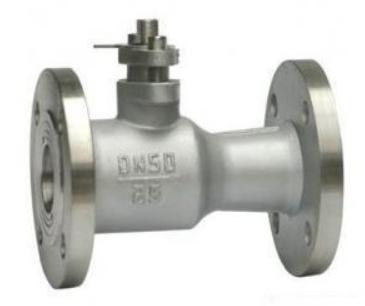
Flat welded flanges are also called tower welded flanges. They are welded when connected to containers or pipelines. This flat welded flange is easy to assemble and inexpensive, and is mainly used for pressure and The vibration is relatively small in the pipeline.
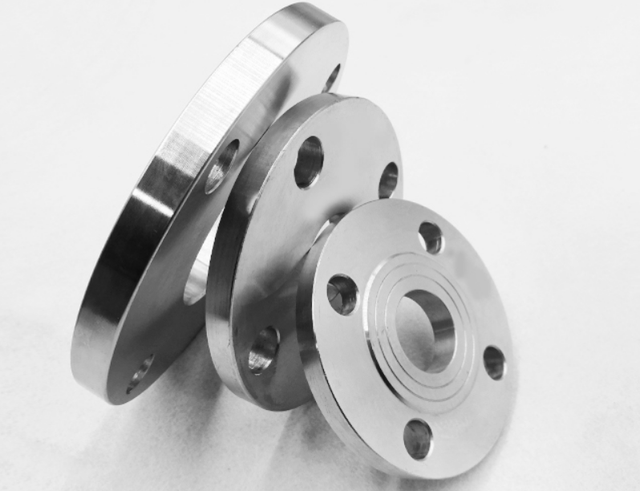
Butt welding flange is also called high neck flange. The biggest difference between butt welding flange and other flanges is that there is a protruding high neck. The protruding high neck wall thickness will gradually increase with the height of the pipe wall to be butted. As with the diameter, this will increase the strength of the flange. Butt welded flanges are mainly used in places with large environmental changes, such as high temperature, high pressure and low temperature pipelines.
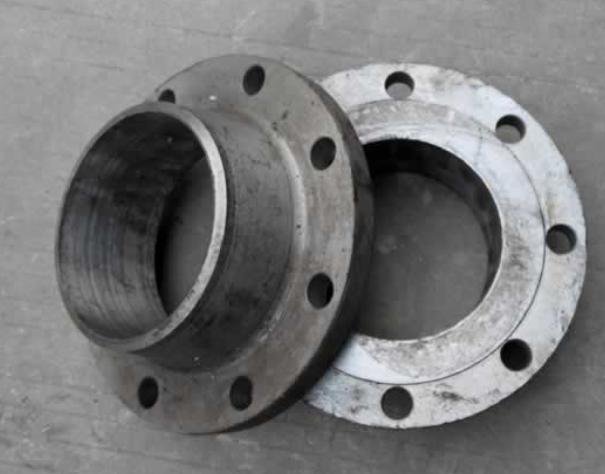
Loose flanges are also called loose flanges. These flanges are mostly used in non-ferrous metals and stainless steel pipes. The connection is also achieved by welding. Because they can be easily aligned with bolt holes, they are often used Large-diameter pipelines and joints that often need to be disassembled, but loose flanges have low pressure resistance, so they can only be used for low-pressure pipeline connections.
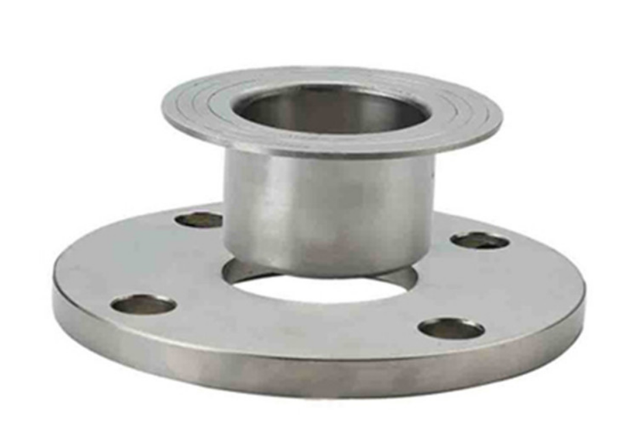
The flange of the threaded flange has threads, which requires the internally connected pipes to have external threads to achieve the connection. It is a non-welded flange, so it has the advantage of easy installation and disassembly compared to other welded flanges It is not suitable to use threaded flanges in an environment with extremely high or low operating temperatures, because the threads are prone to leaks after thermal expansion and contraction.
